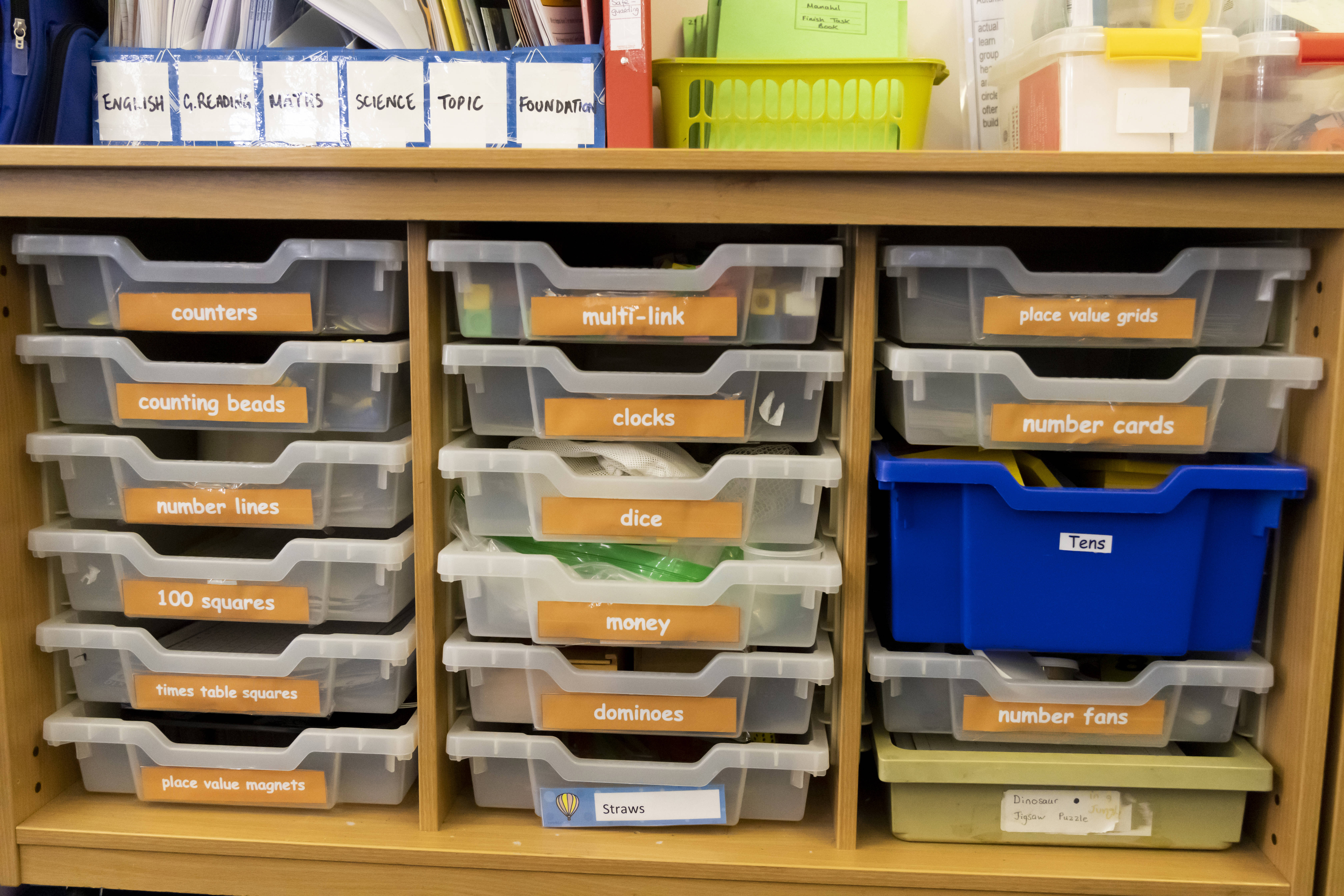What schools and further education settings can do
School environment and ethos, especially the extent to which children feel safe and positive about relationships with school staff and friends, are important for all children and young people – but are particularly important to those with attachment difficulties.

A school cannot replace a secure attachment with a primary care-giver, but it can offer a secure base; a place of safety, consistency, routine and opportunities for children and young people to develop relationships with trusted adults – encouraging them to open up and speak about difficult experiences, thoughts and feelings, process their emotions and thoughts.